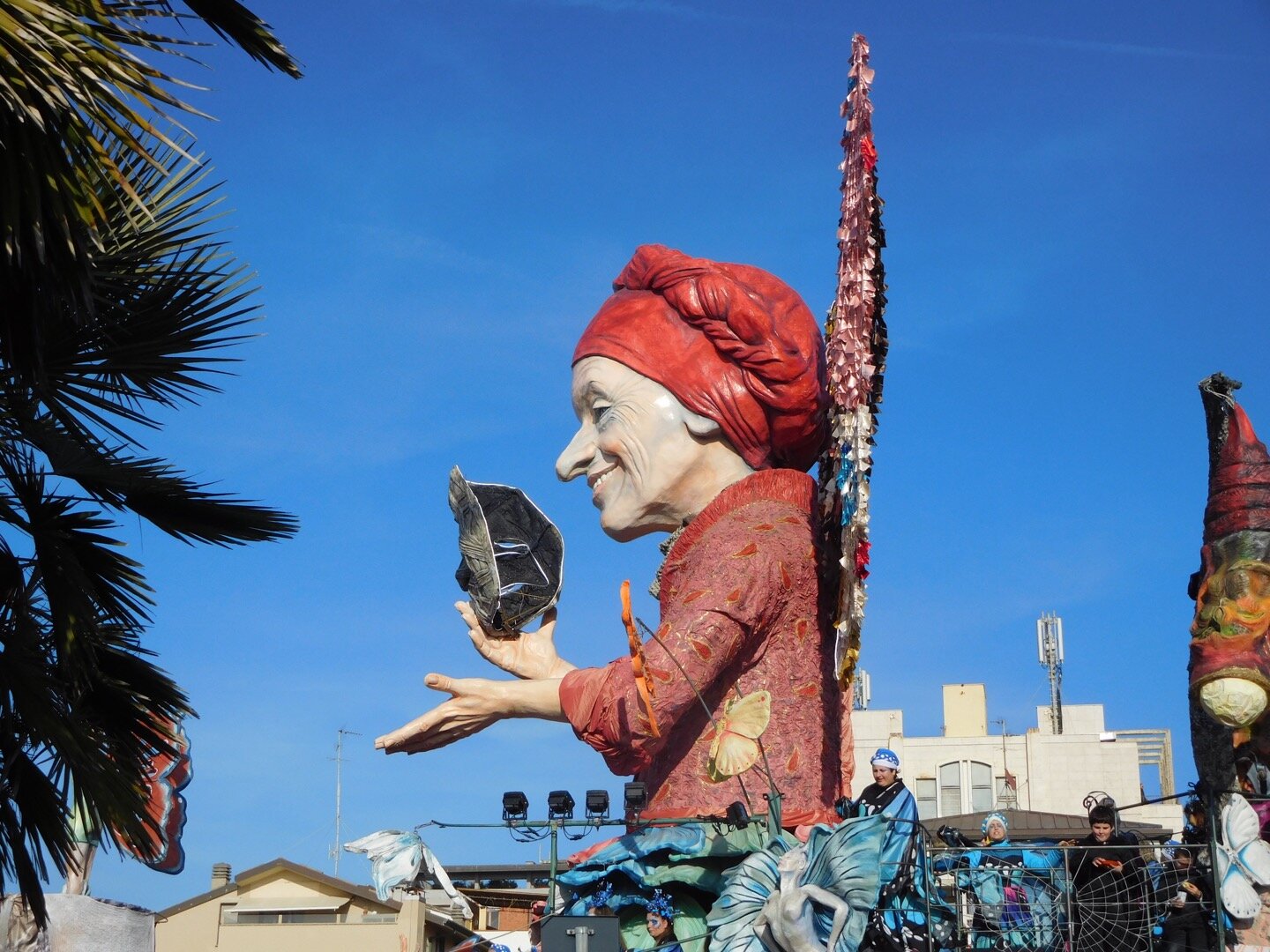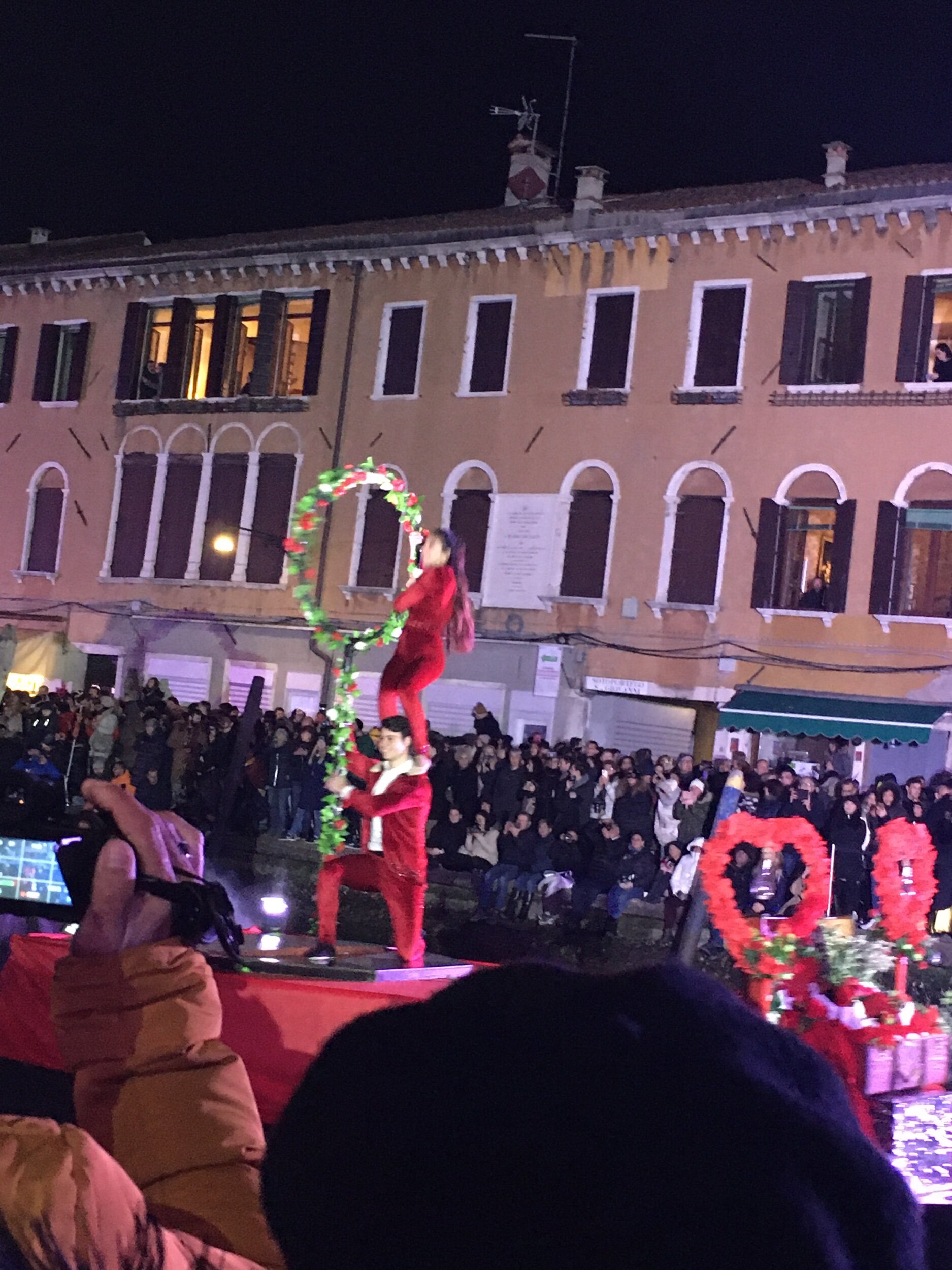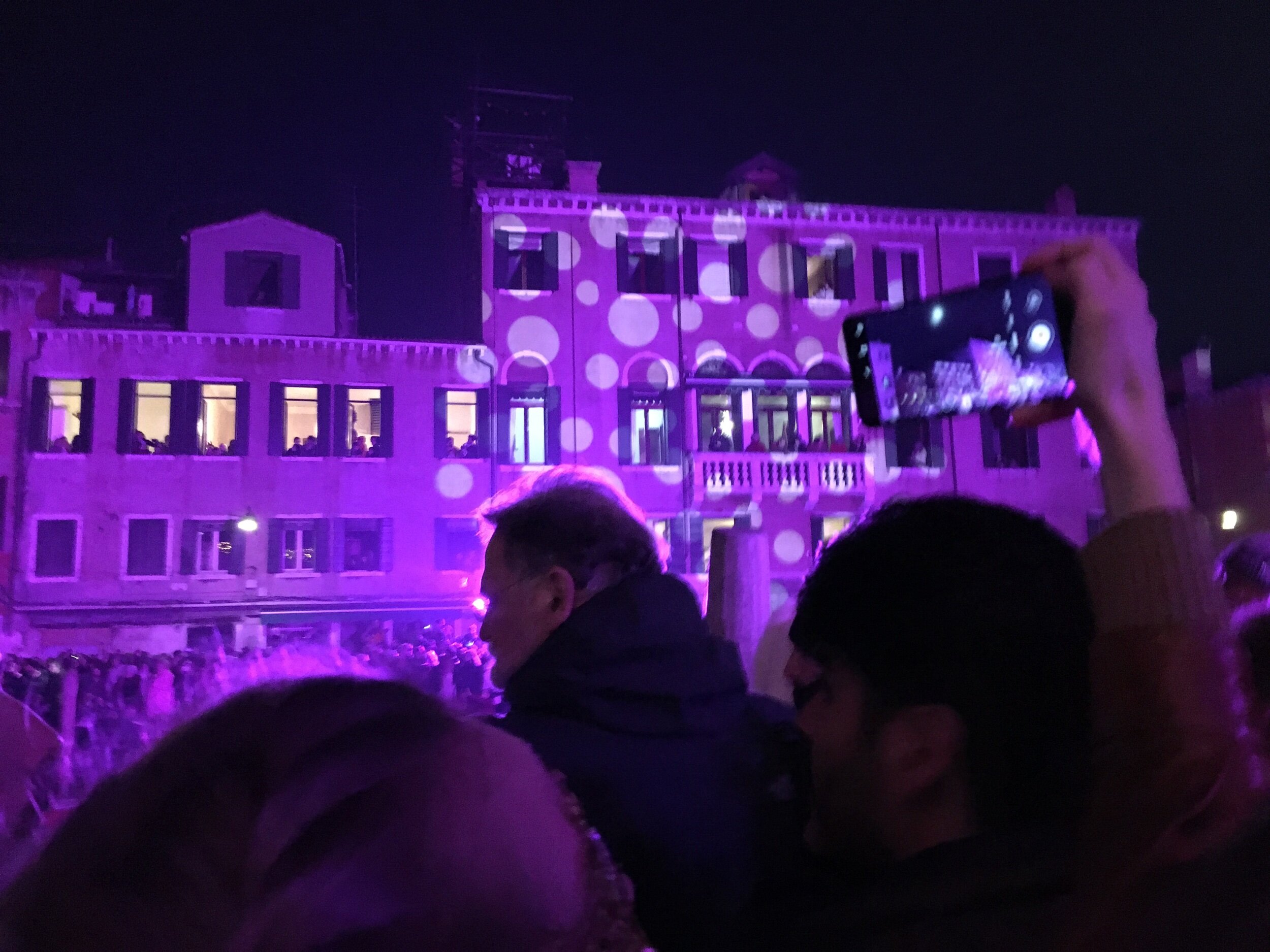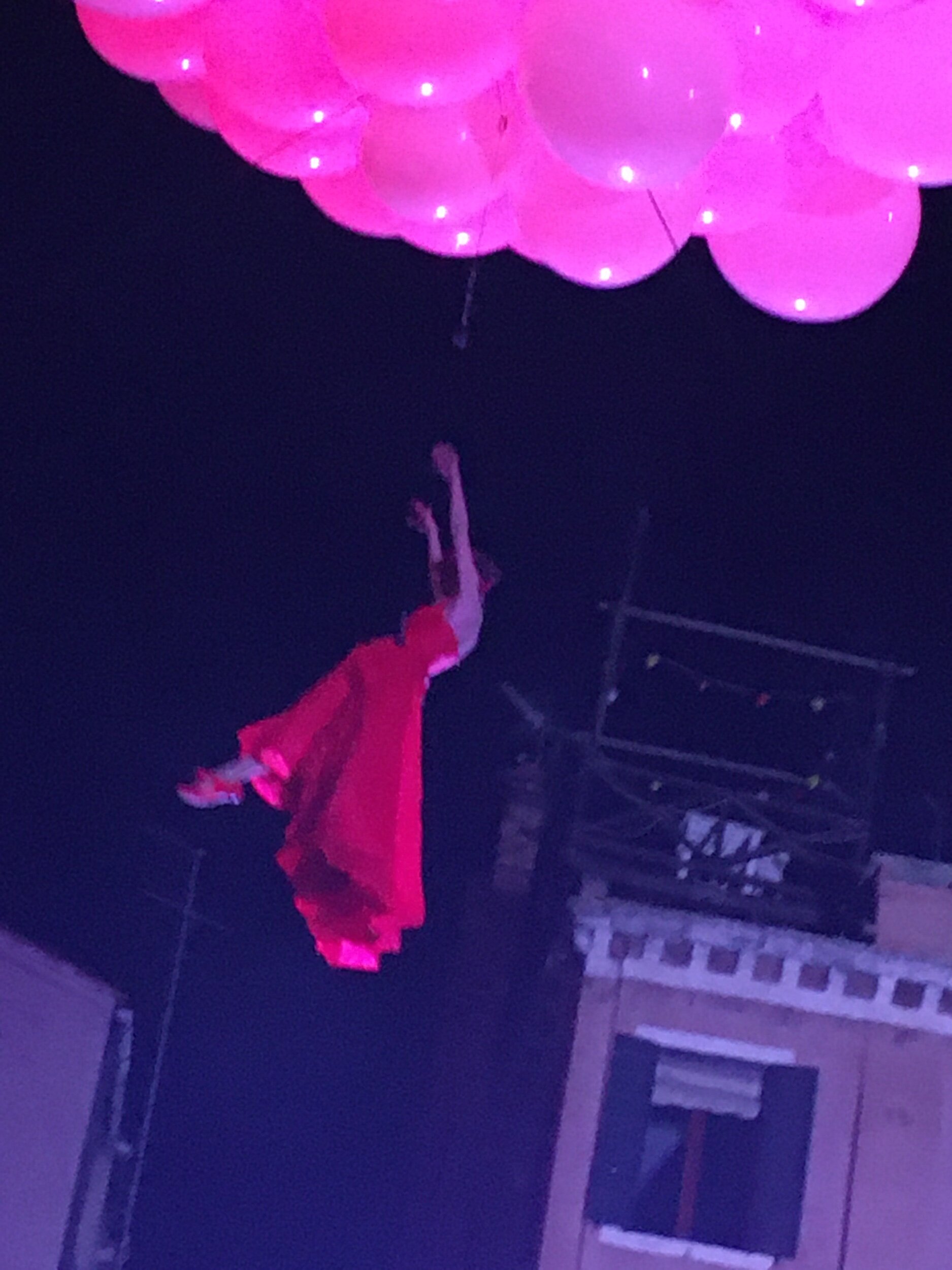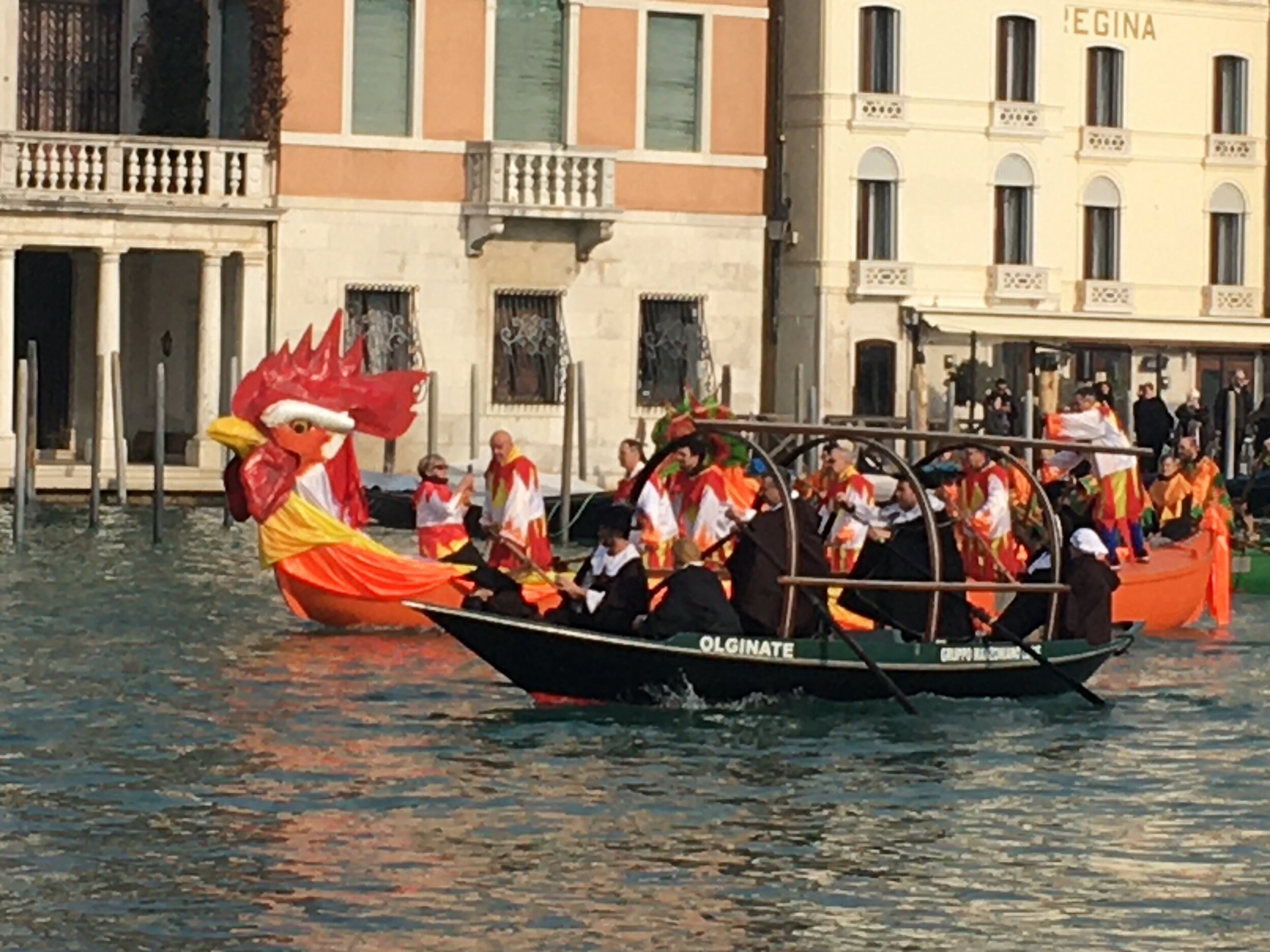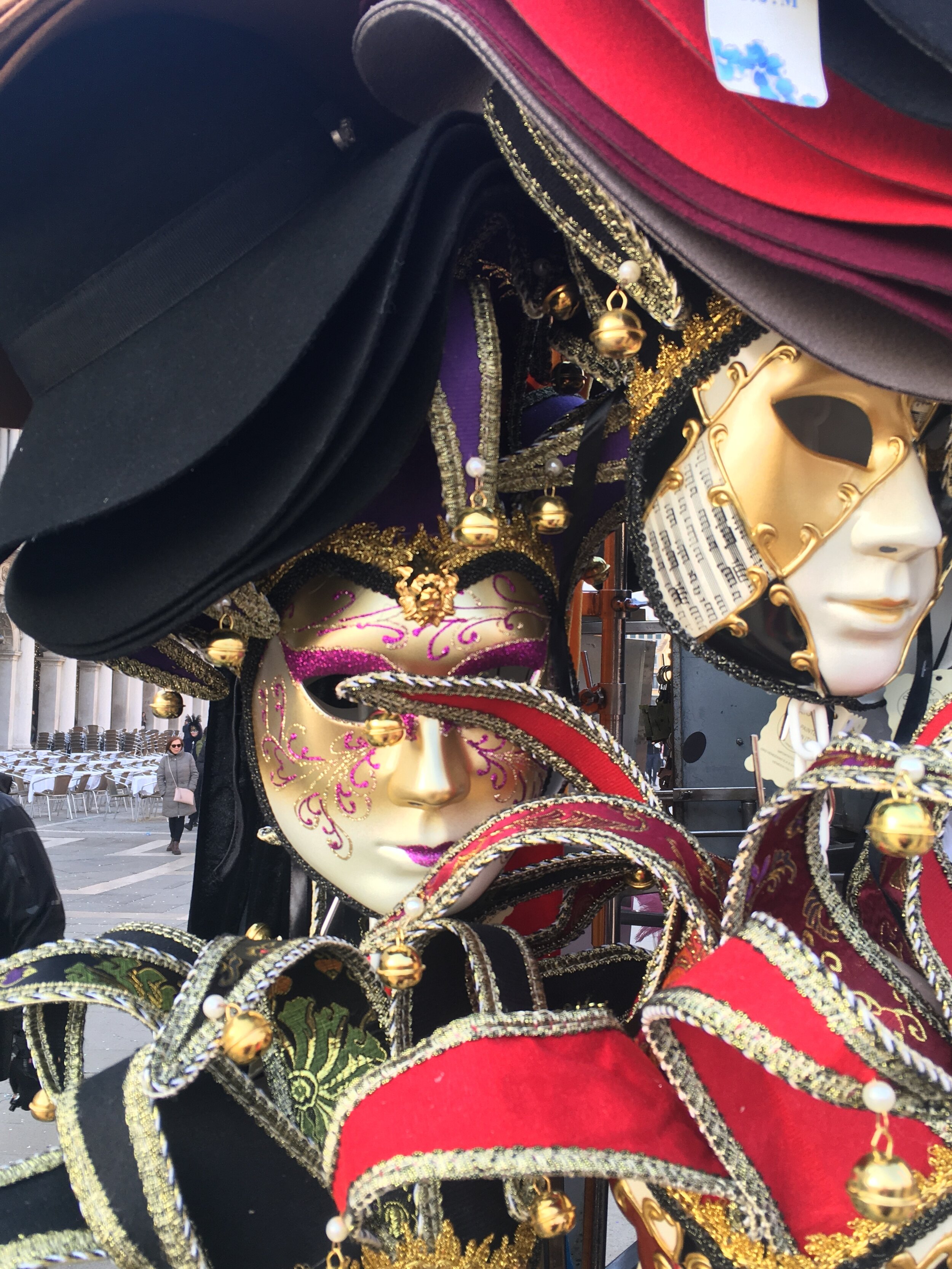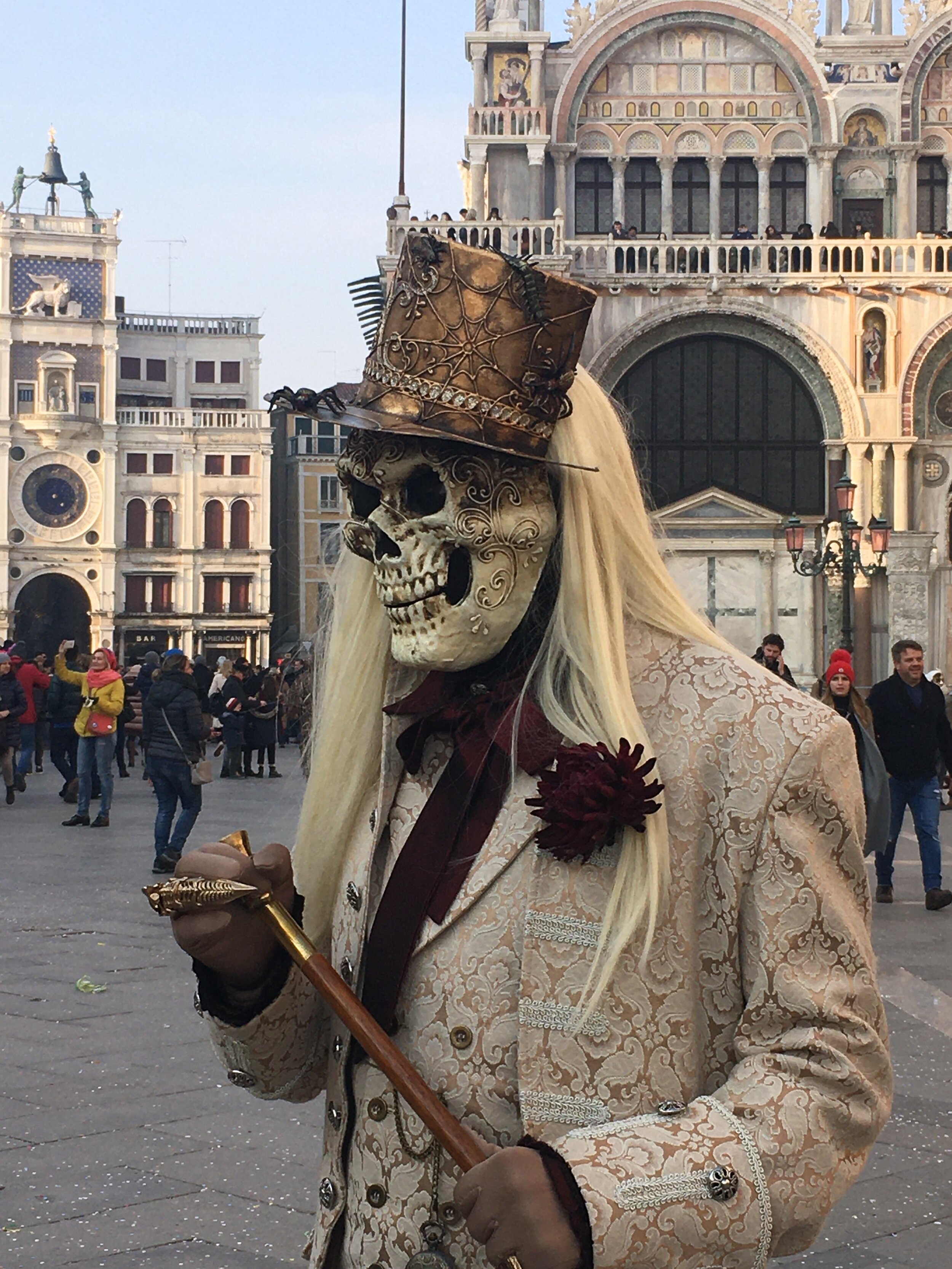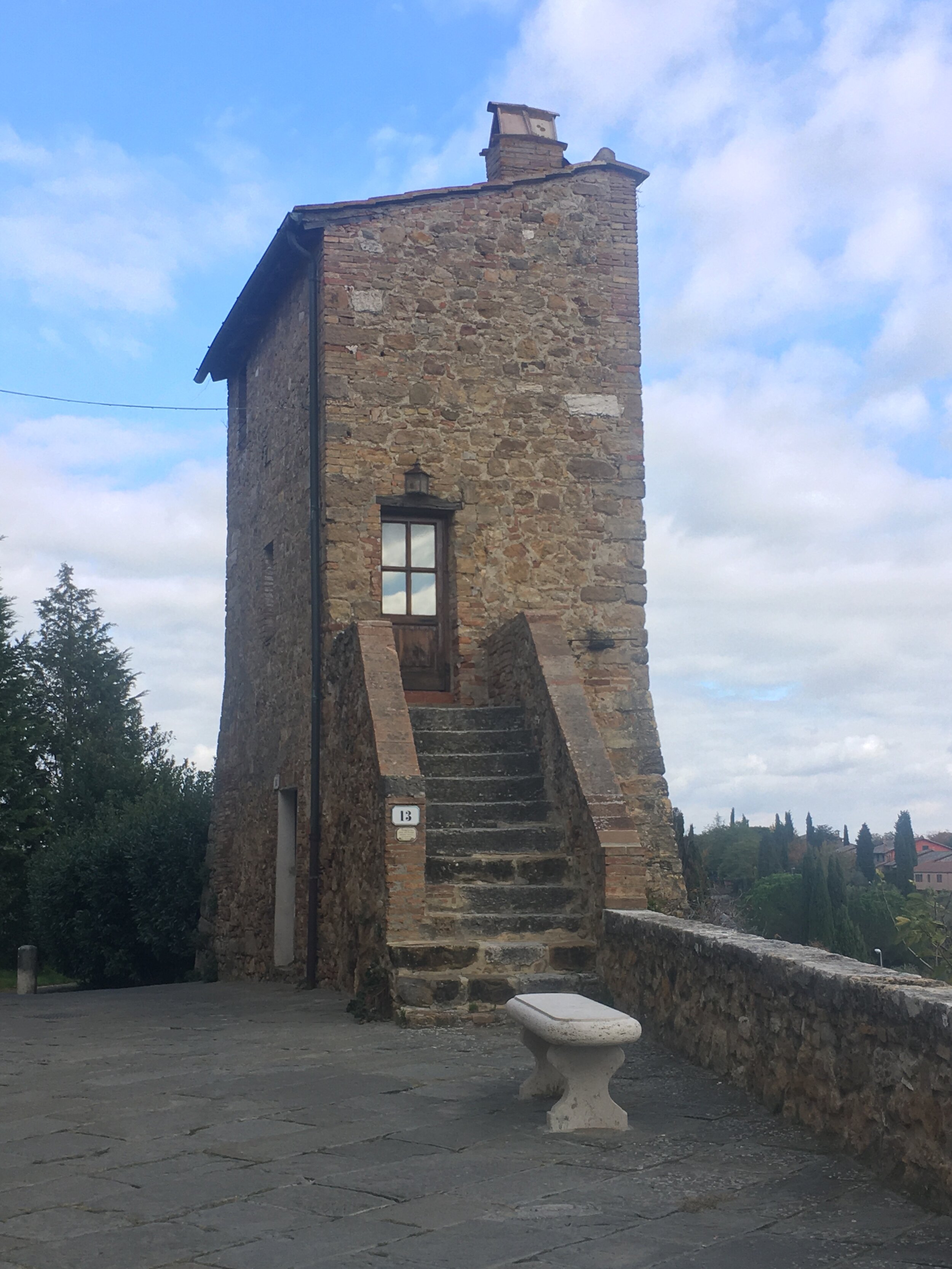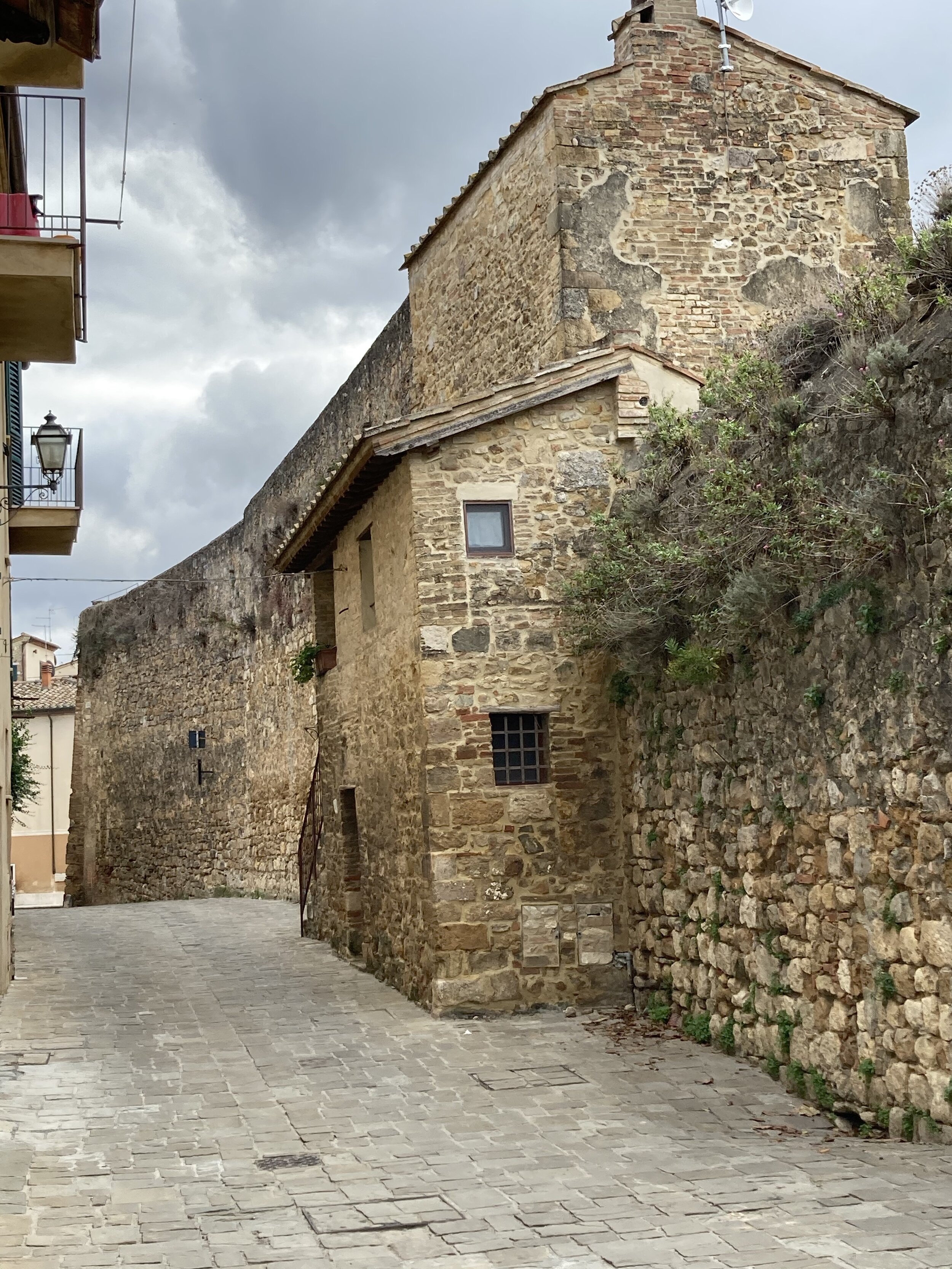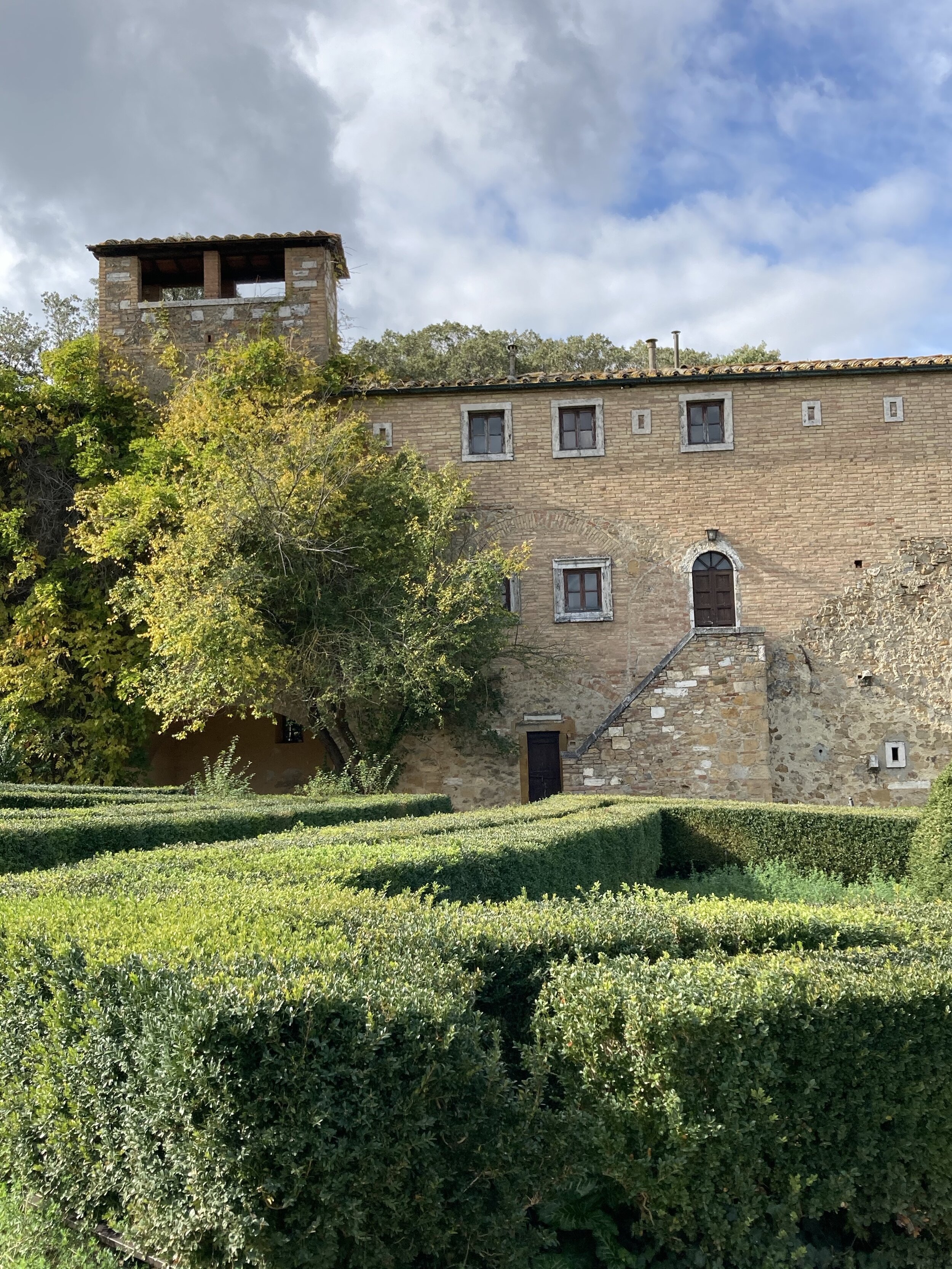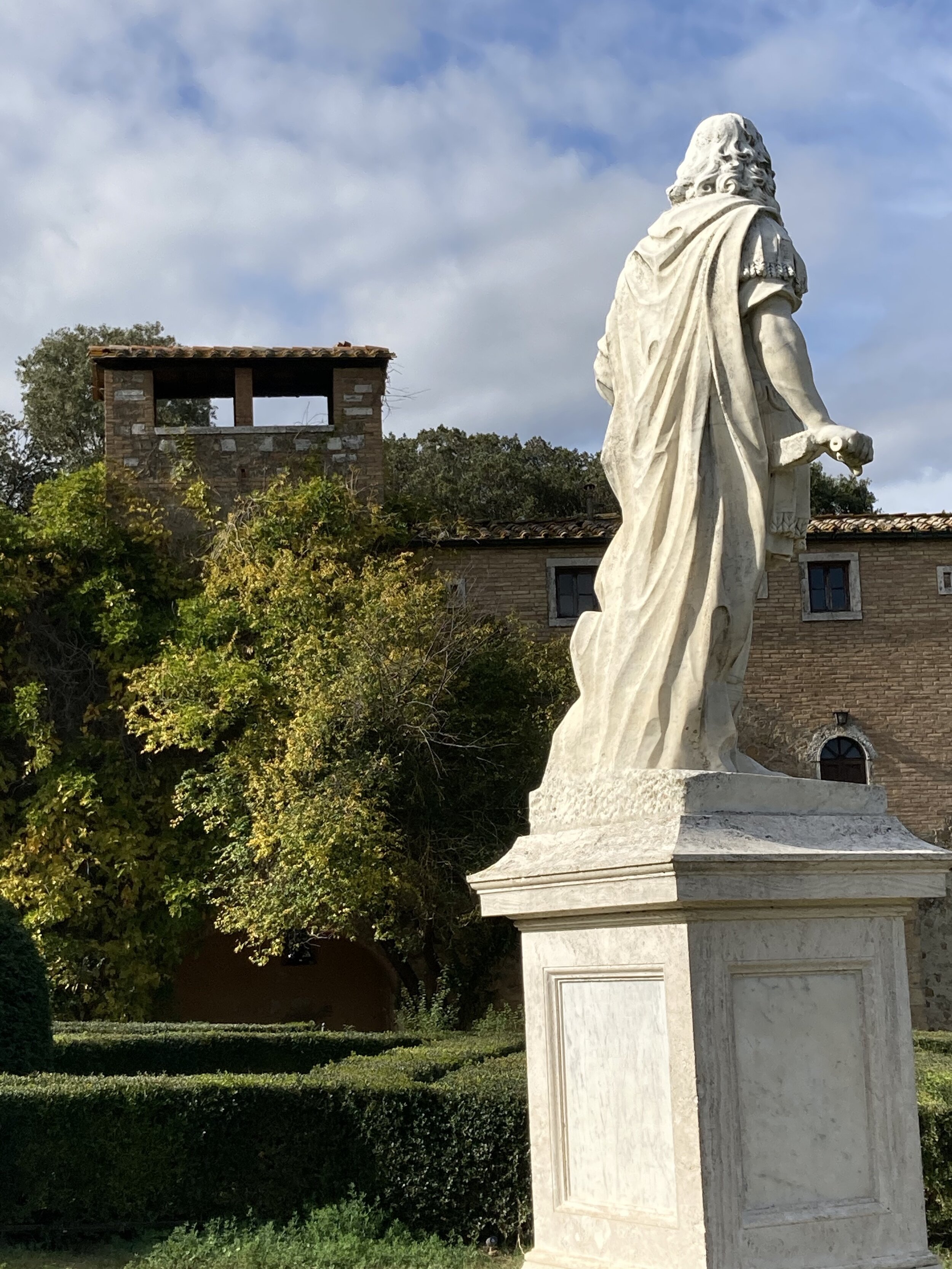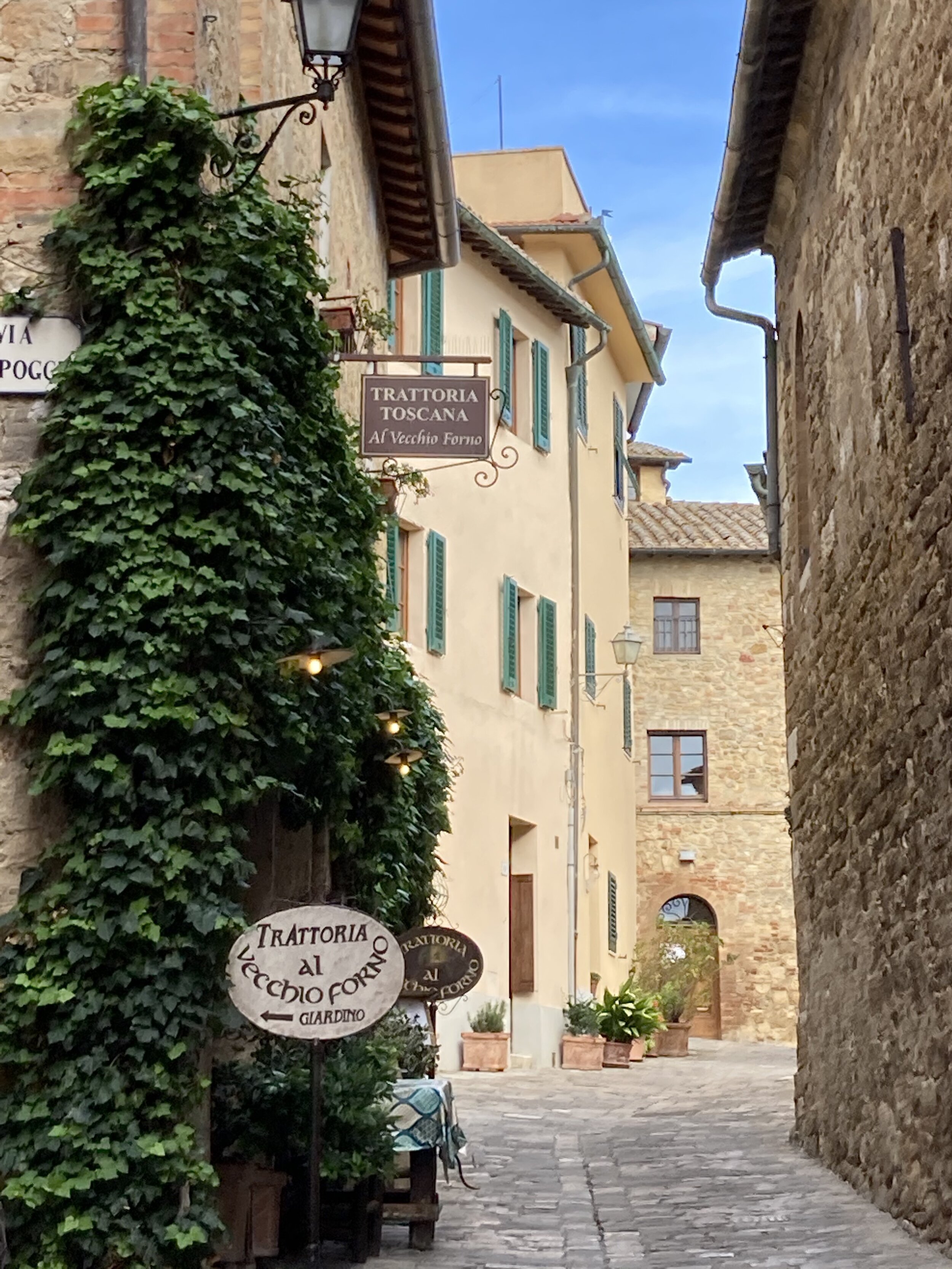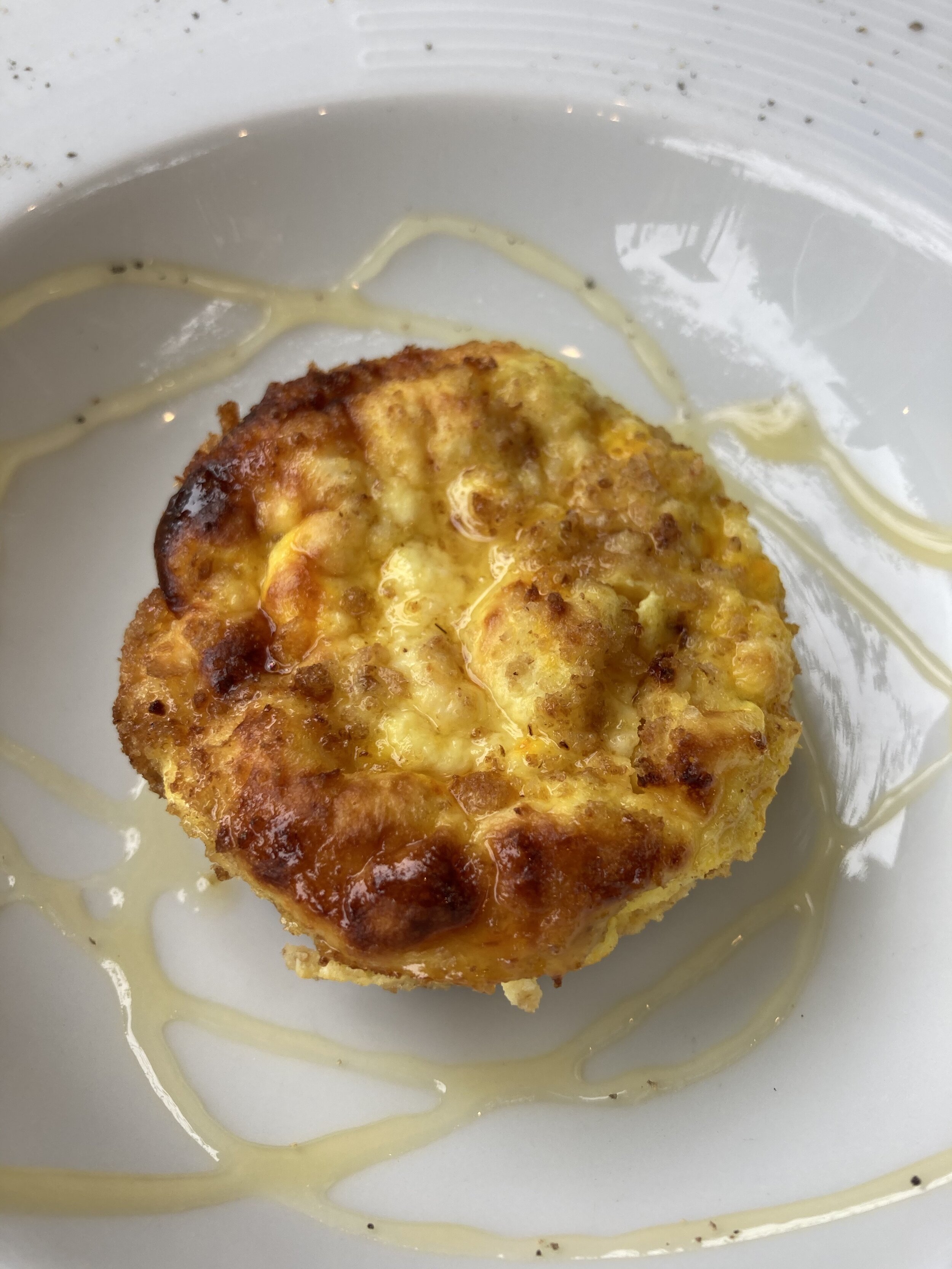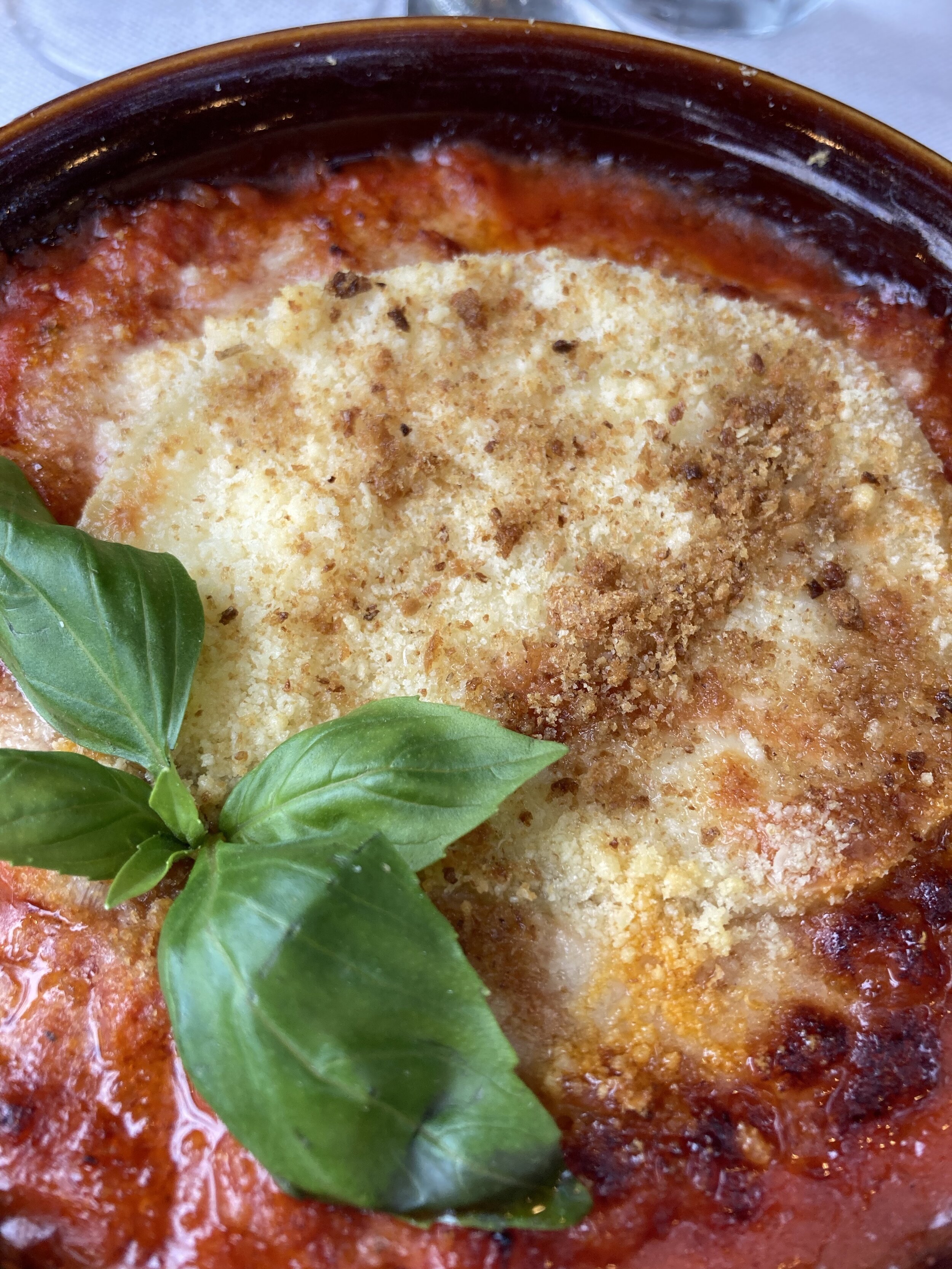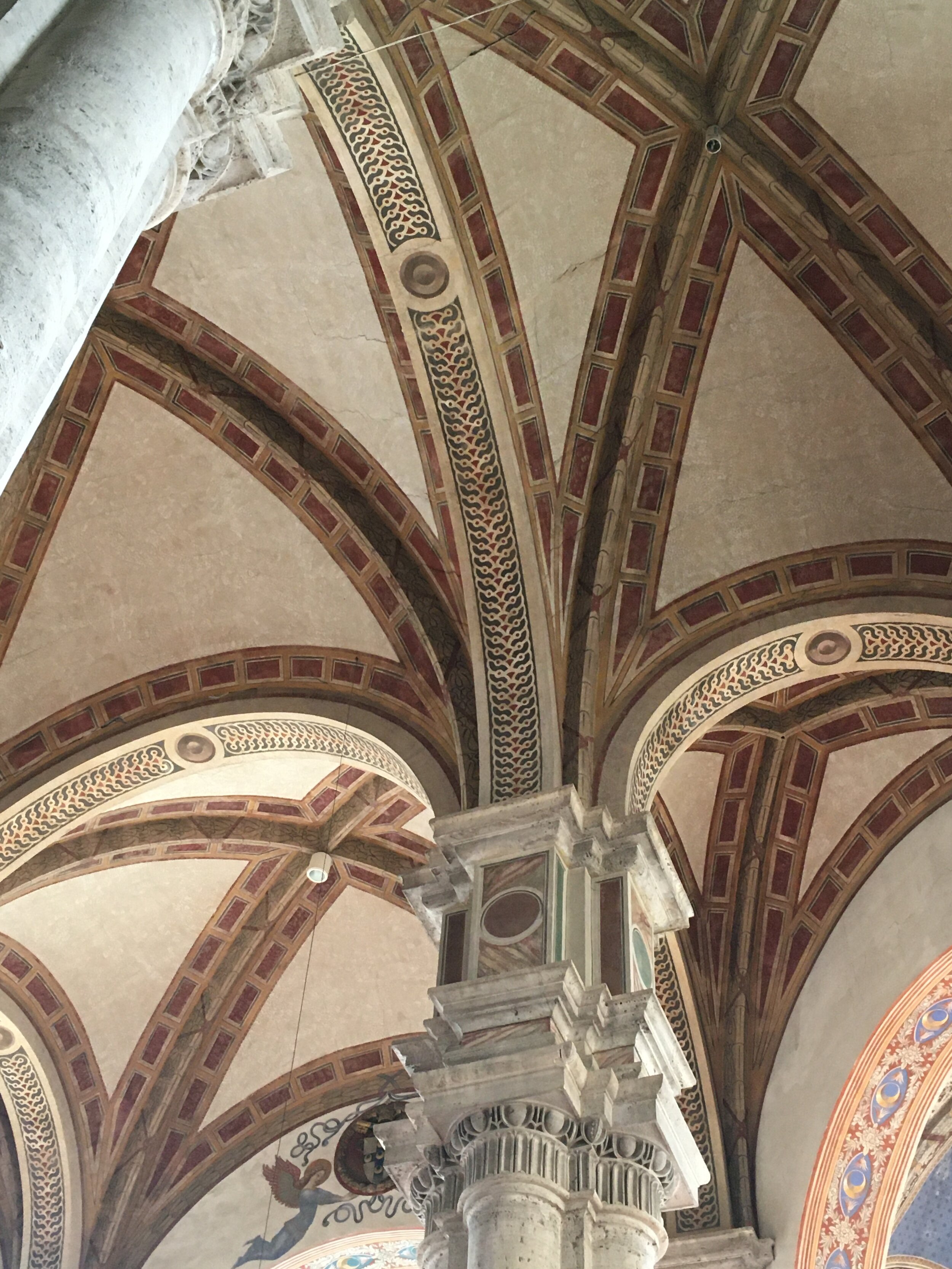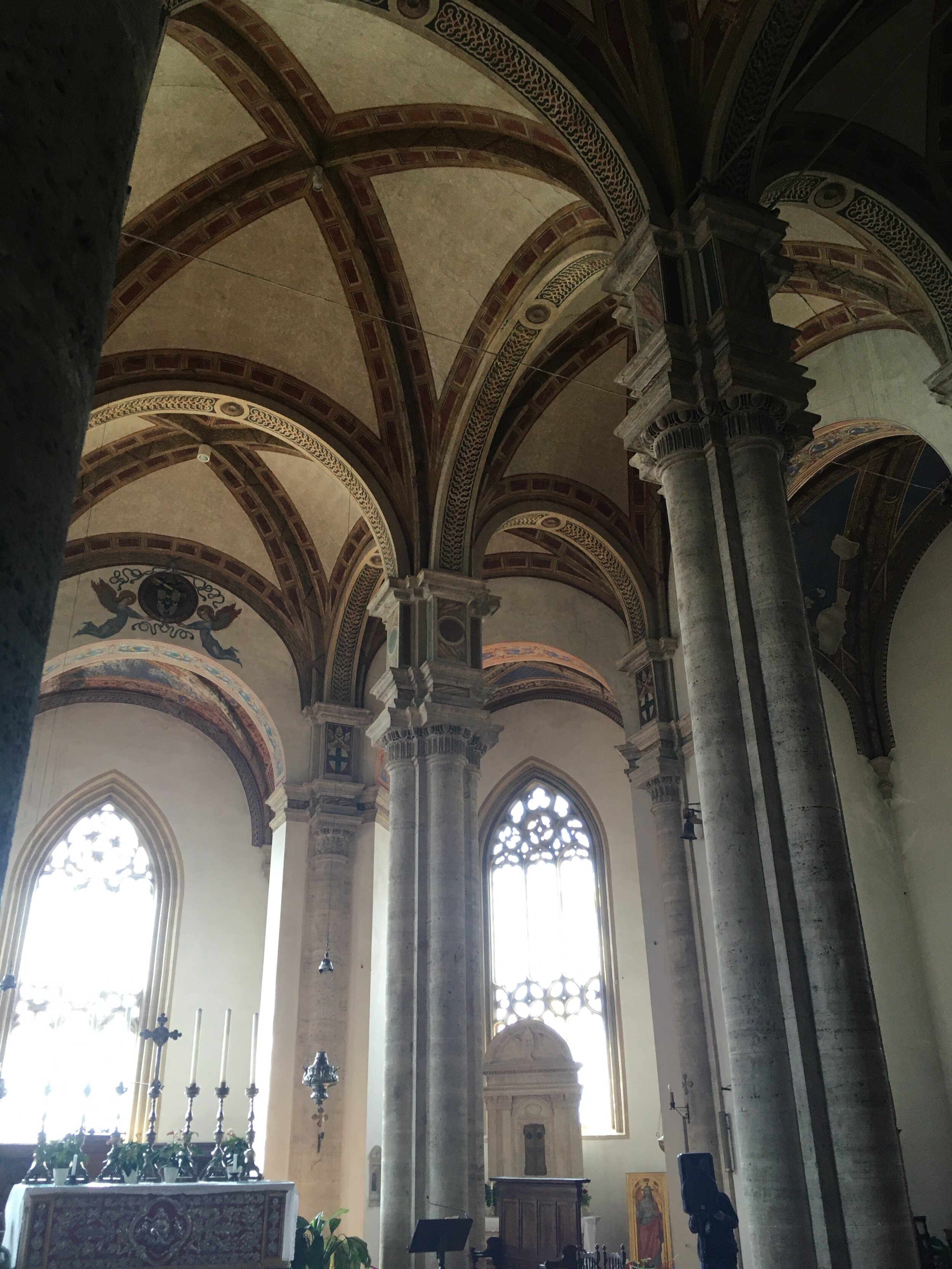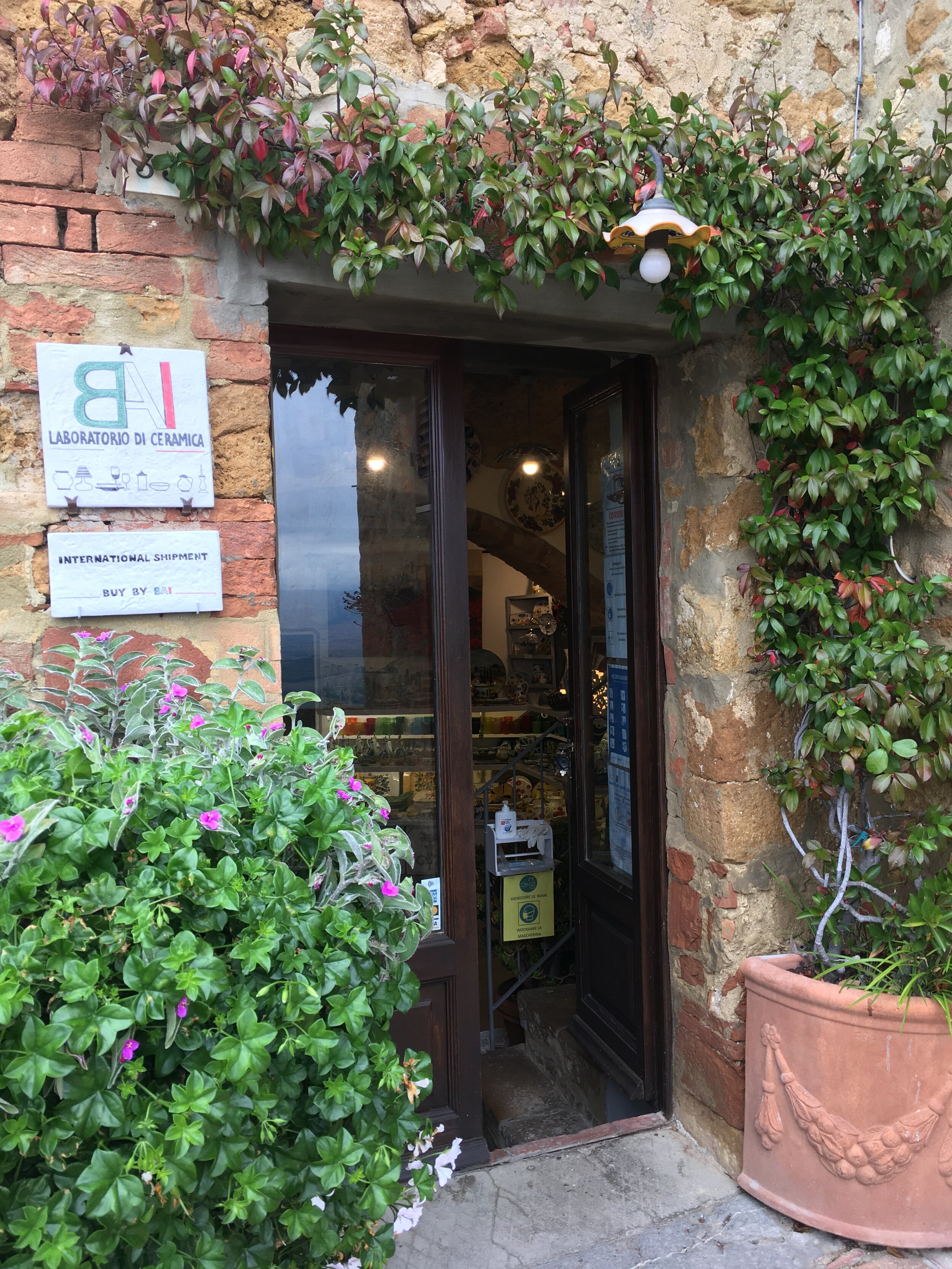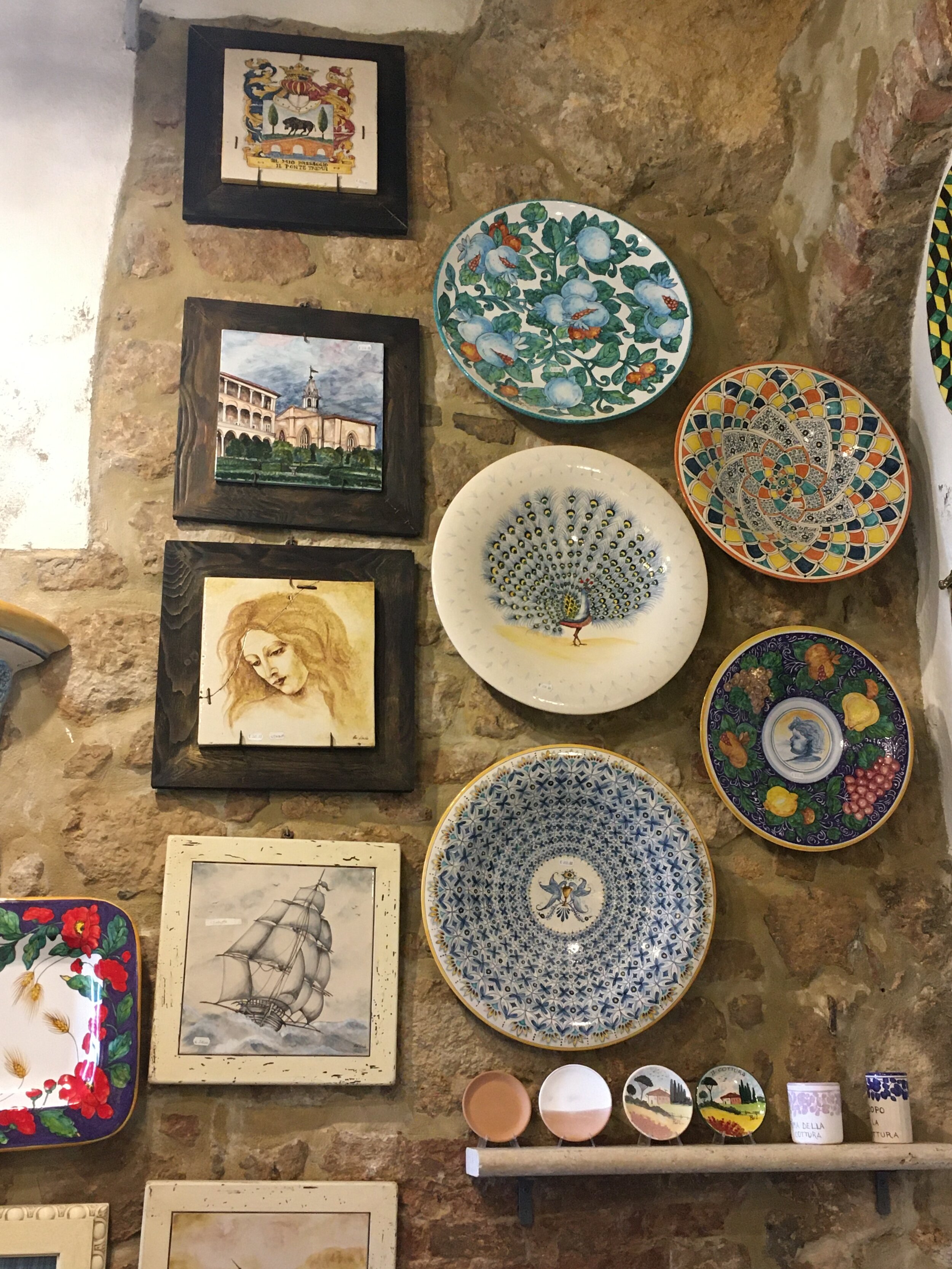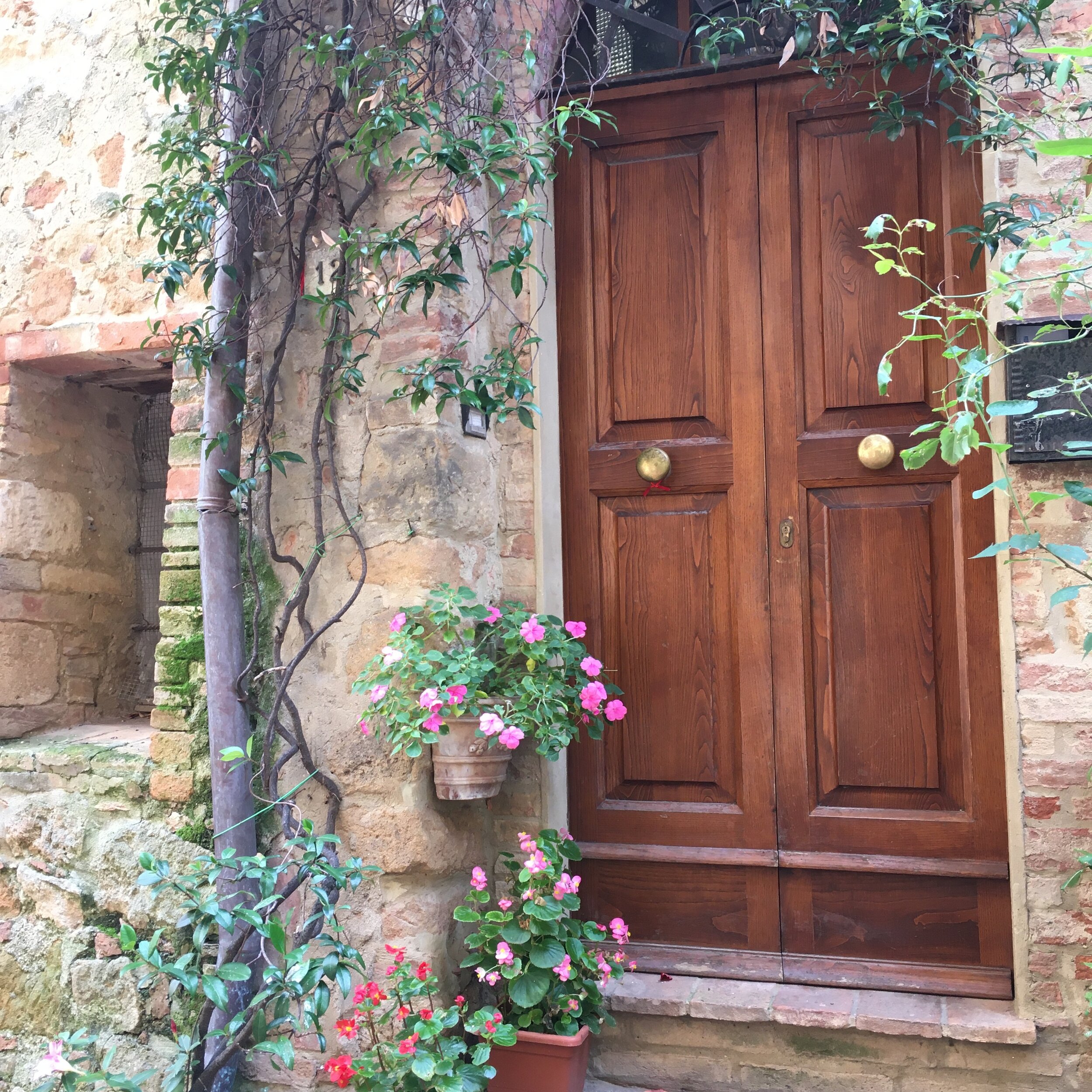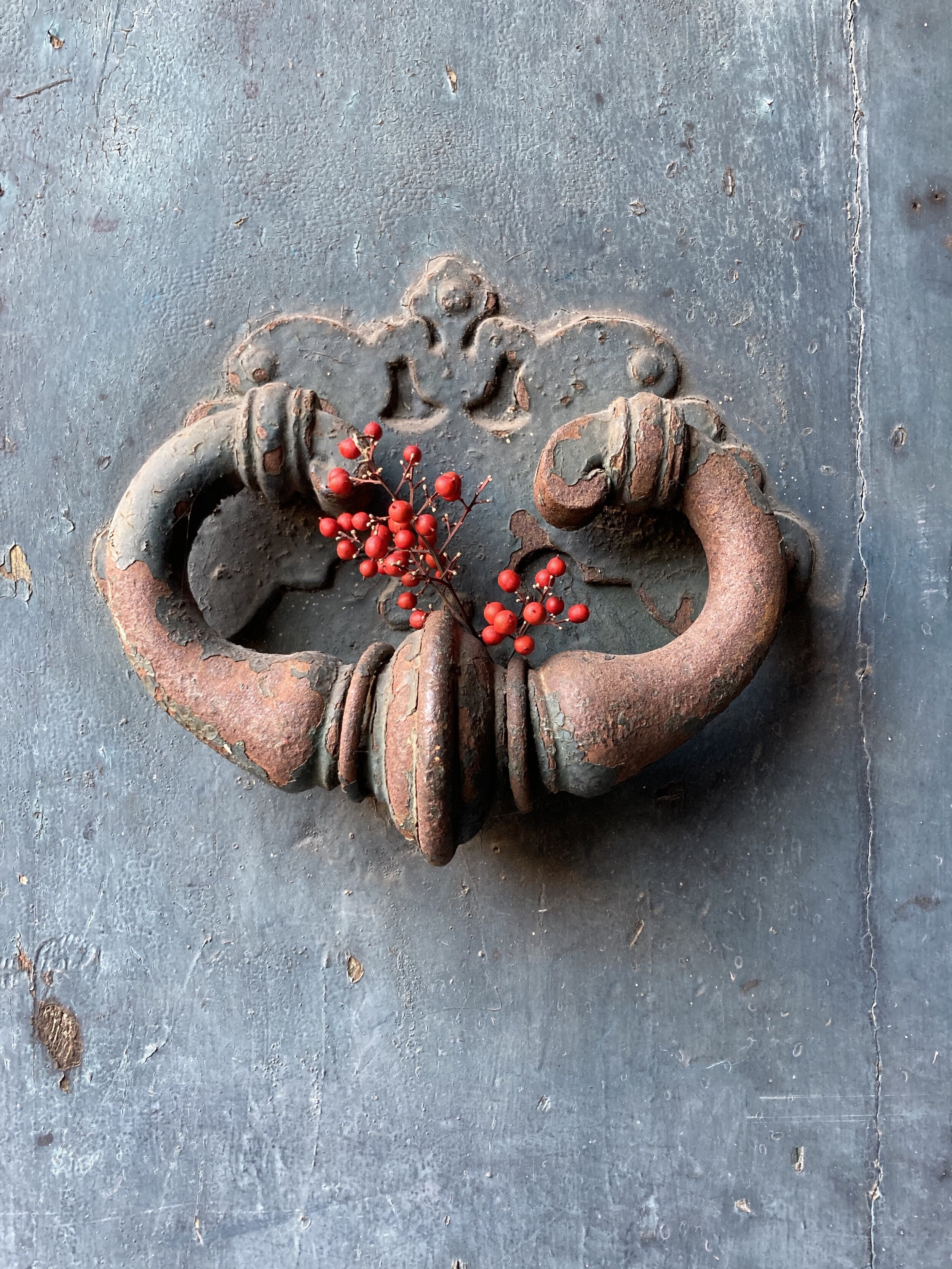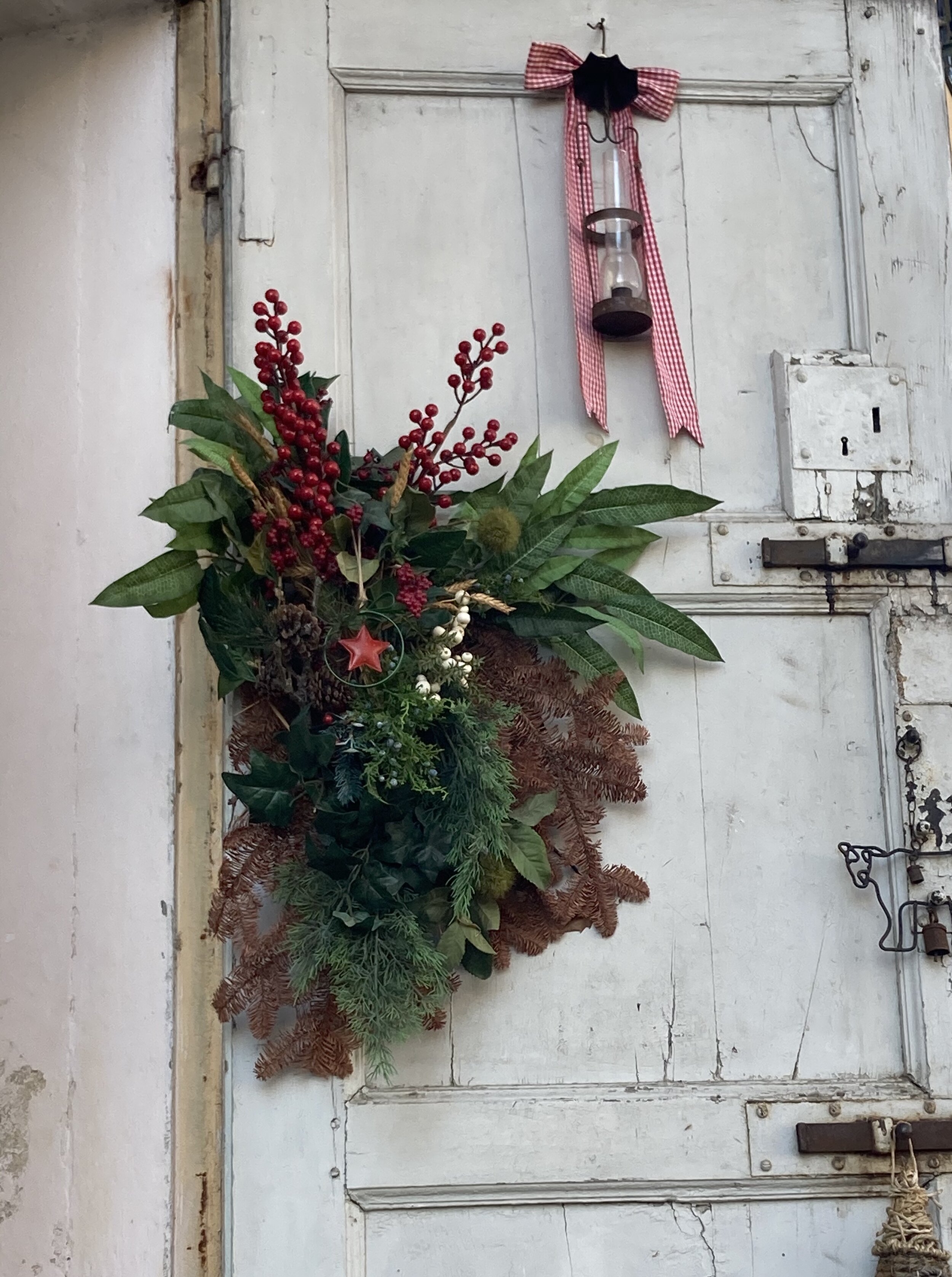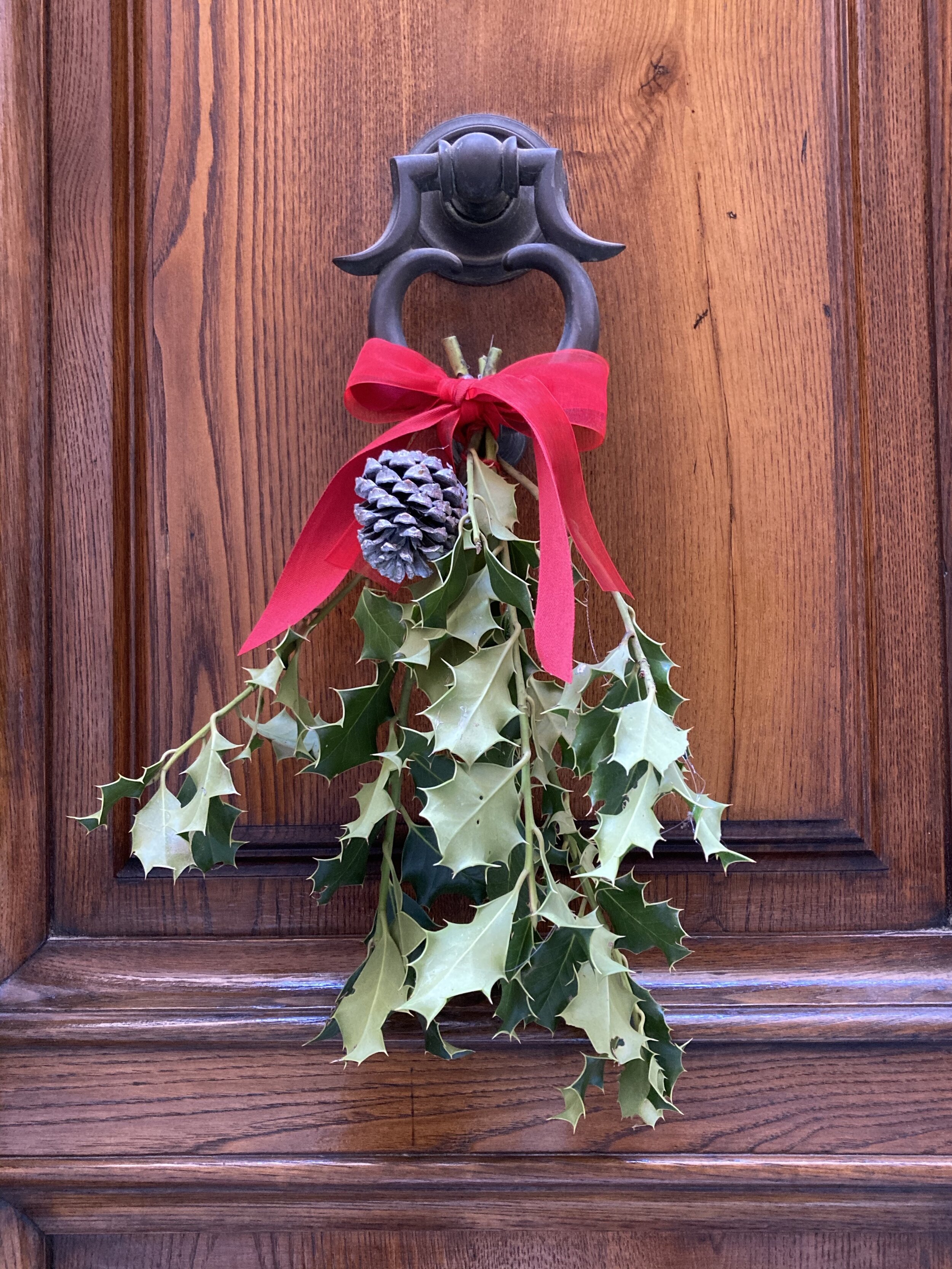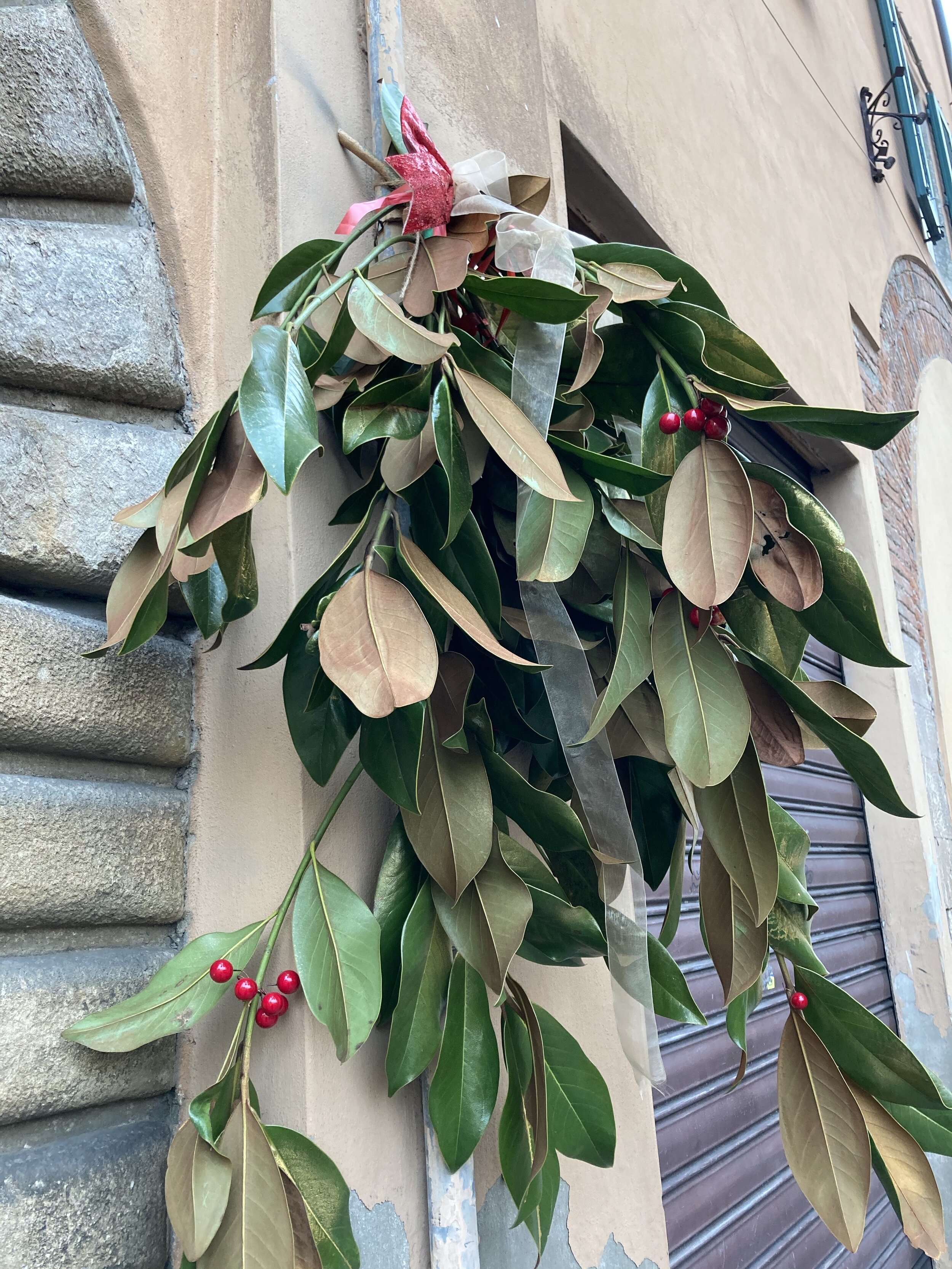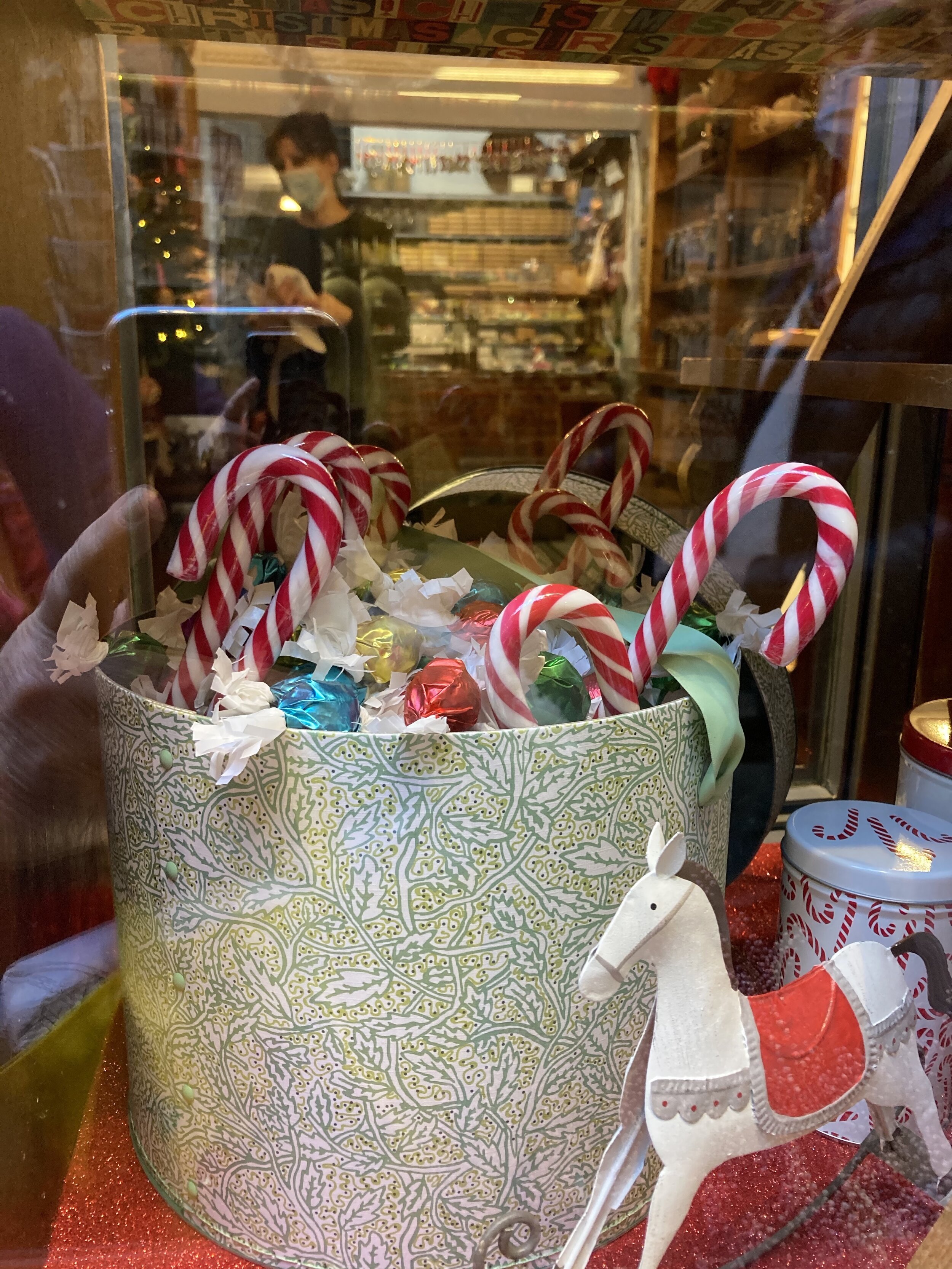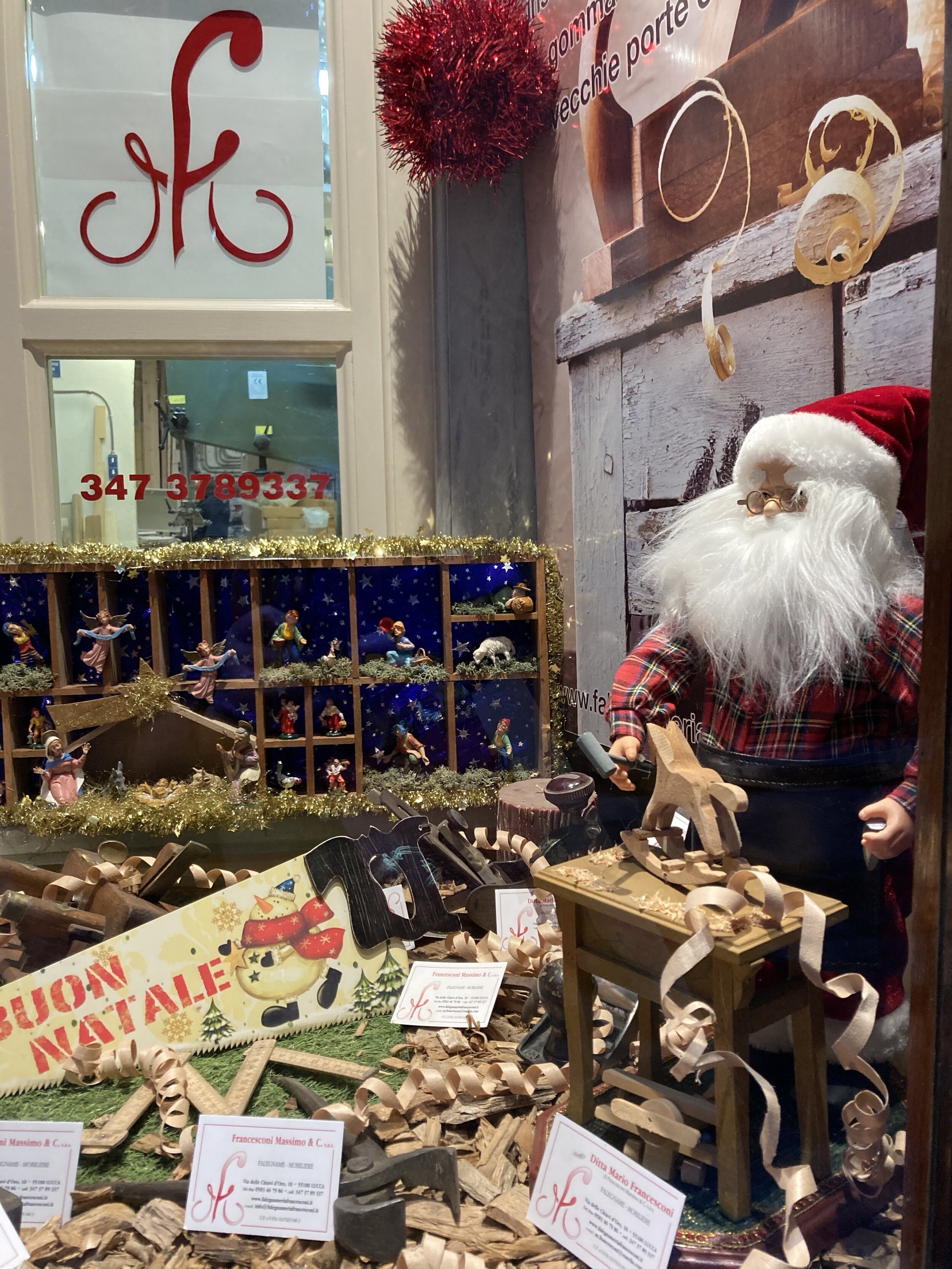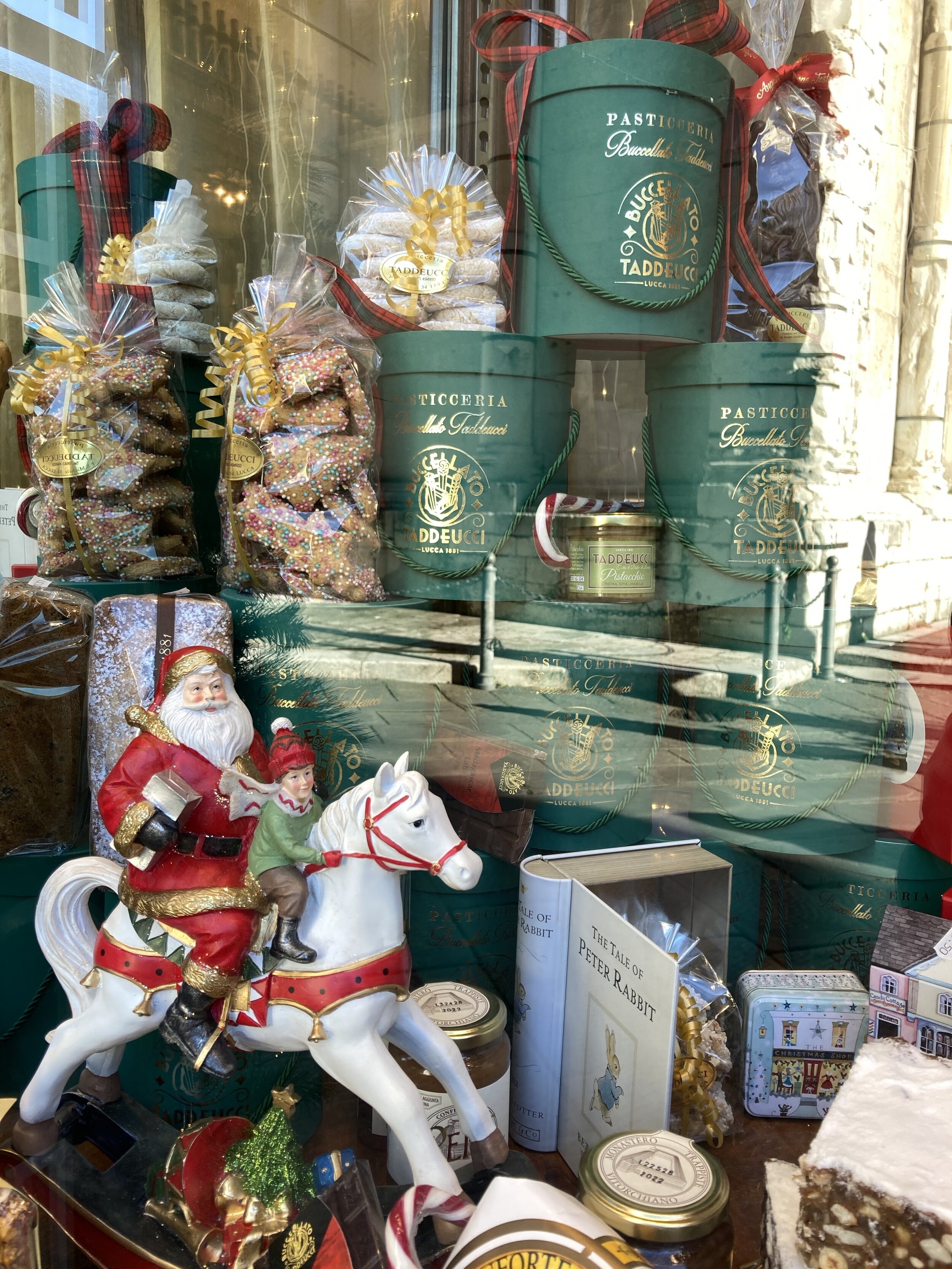When Italy's Prime Minister Speaks, Would-be Travelers Listen
Things are looking up in Italy. COVID infection rates are falling, with the all important Rt rate last week at 0.81 (this value reflects the number of people who will become infected by one person with the virus). A number below 1.0 is good and means that the rate of spread is decreasing. That doesn’t mean the pandemic is over, or that we should throw caution to the wind, but new infections are down significantly, a hopeful sign.
In the last week of April most of Italy returned to the yellow zone, with the least restrictive measures. Last week Sardinia remained red and 5 regions (mostly in the south) remained orange. As of today, no regions are in the dreaded red zone and only Sardinia and Sicily remain in the orange zone. The rest of Italy is yellow. That’s progress!
The view from the terrace at Lucca Italian School. With the lovely weather, and Italy getting ready to welcome tourists, lessons on the terrace or down in the large garden are once again possible.
With the decrease in restrictions in much of Italy, including Tuscany, life has become a bit more normal. The restaurants, bars, and cafes have dusted off their tables and chairs, put out the umbrellas, and opened for outdoor dining. For the first time in a very long while both daytime and evening meals can be served (though a mandatory 10pm closure remains in place, very early by Italian standards). Movie theaters have reopened at 50% capacity, museums and galleries are also open with controlled numbers admitted. Language schools are able to hold in-person classes. A huge development is the ok to travel outside of one’s community to visit other yellow zone areas.
On June 1st beach clubs can re-open. No doubt the chairs will be a bit further apart than in this photo from Lerici in the summer of 2020.
Is there an aperitivo in your future ? It is once again possible in bars throughout most of Italy.
June 1st will see beach clubs and swimming pools reopen - just in time for summer recreation. Masks are still important, as is hand washing and social distancing. But, to sit in a piazza and share a drink with friends, go to a movie, visit a friend’s home, head to the beach, take a day trip or an out of town vacation - those are things everyone has missed. I hope we never take them for granted! Mask wearing and attention to social distancing seem a small price to pay for the return of these possibilities.
Immunizations, which have progressed very slowly in Italy due to limited supplies, are also picking up. Efforts to increase the supply are on-going and more doses are expected soon. This is further cause for optimism.
Italy’s Prime Minister, Mario Draghi, made big news last week when he declared “Italy is ready to welcome back the world” and “The time has come to book your vacations in Italy” (of course he said it in lovely Italian, making the announcement even sweeter). This is news that many have been waiting for. Italy is heavily dependent on tourism, especially visitors from North America, and their return will go a long way to helping the economy begin to recover.
Early October is a perfect time to visit Lake Como
Rome awaits tourists with the Green Pass
Both Italy and the EU Commission are supporting the relaxation of travel restrictions, both for EU and non-EU visitors. In the most recent proposal, entering Italy will require proof of one of these 3 criteria: fully vaccinated status, documented recovery from previous COVID infection, or a negative COVID test within days of travel. This is referred to as a “green pass”. Those with the green pass will not have to quarantine when entering Italy (or anywhere in the EU). The details aren’t entirely clear, and the procedure for obtaining the green pass has not yet been published. More specifics are expected in the next weeks with travel set to resume as early as later this month in Italy. A slightly later mid-June date was set by the EU commission. These announcements are exciting news for Americans and Canadians who want to visit Italy and for the many part-year residents who have been anxiously awaiting a return to their Italian homes.
But there is also concern - many who live in Italy remember that the arrival of European tourists last summer led to an increase in COVID cases and a new round of restrictions. The hope is that with vaccinated tourists, or those screened for disease, there will not be a repeat of that increase. It will be necessary for all visitors to follow the rules for masking, avoid large gatherings, and to not travel with any signs of illness.
And so … travel planning begins anew. With caution. With immunizations. With joy.










